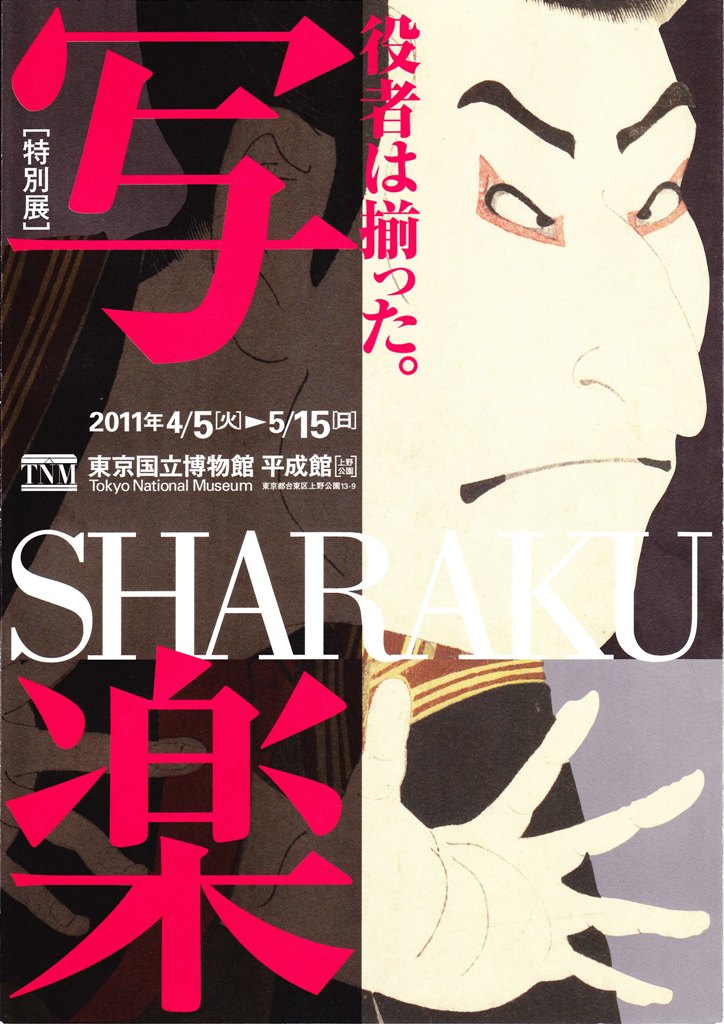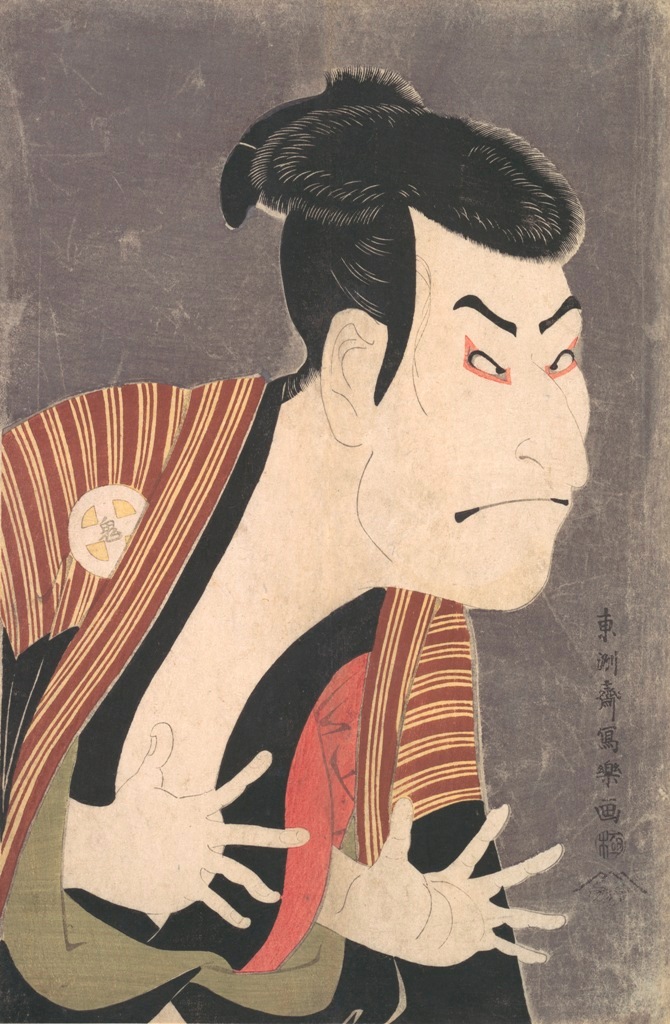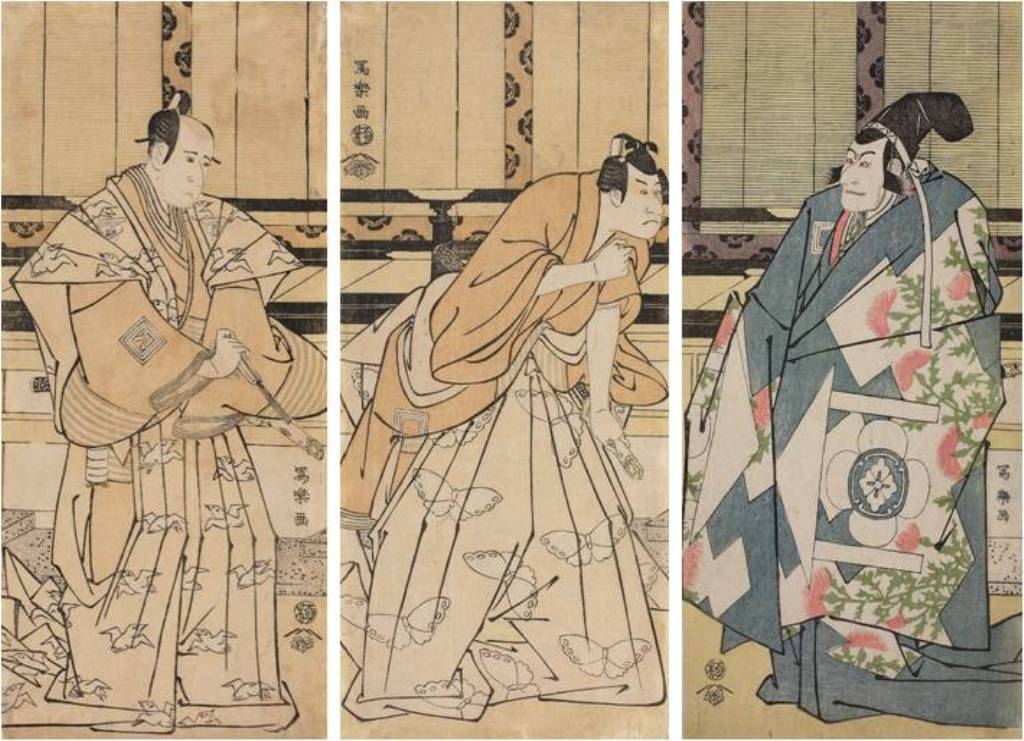еЬЯжЫЬжЧ•, 11жЬИ 13th, 2010...1:41 PM
Special Exhibition: SHARAKU, 2011
Reading time: About 3 minutes
Special Exhibition: SHARAKU, 2011Sharaku has attracted peopleвАЩs attention since a German art scholar Julius Kurth published his book вАЬSHARAKUвАЭ in 1910. Sharaku is known as a mysterious Ukiyoe master for he was only active for 10 months and his date of birth or when he died still remains unknown.
Tokyo National Museum will hold an exhibition of Sharaku between April 5th and May 15th, 2011. Sharaku left approximately 150 works in 10 months of his active career, and 140 of his works (170 prints in pieces) are to be displayed. Visitors can enjoy almost all of SharakuвАЩs works. It is unlikely for a museum to hold an exhibition of this scale.
Let me explain the outline of this exhibition.
SharakuвАЩs works are categorized into four periods, reflecting the performance periods of Kabuki which was the theme of his works.
Sharaku made his debut on May 1794 in accordance with show business in Edo. He made 28 of Ukiyoe in which he drew actors in half-figure and used mica to make them look gorgeous. This is the first period. Only his half-figure Ukiyoe were published. Today, what we think of as SharakuвАЩs works are those created in this period. His famous вАЬKabuki Actor Otani Oniji II in the role of EdobeвАЭ is also his piece in this period.
Kabuki Actor Otani Oniji
During the third period, his works include sumo scenes or those in dedication to specific actors, reflecting the current events of the time. There are 64 of them.
His works in the fourth period are rather formalistic. There are only 12 of them, including those with the same background drown in different views.
As said before, all of his masterpieces are from the first period of his career, and the later the time period, the more inferior works there are. His works from different periods are so different that there might have been multiple Sharaku painters. Sharaku still remains a mystery.
In the exhibition, the museum shows the same piece in multiple prints so that visitors can see the difference of the drawings. At the time, Ukiyoe painters used botanical ink which is easy to fade, especially the color of purple. Although some works share the same illustration, the degree of color dullness can be different.
Visitors can also compare SharakuвАЩs works with other paintings of the same Kabuki actor in the same performance drown by other Ukiyoe masters.
An exhibition of this scale where almost all of SharakuвАЩs works are displayed could only happen once in 50 years. Come and visit the place!
Open: April 5th to May 15th, 2011
Place: Heiseikan of Tokyo National Museum
Fee: 1500yen























Leave a Reply